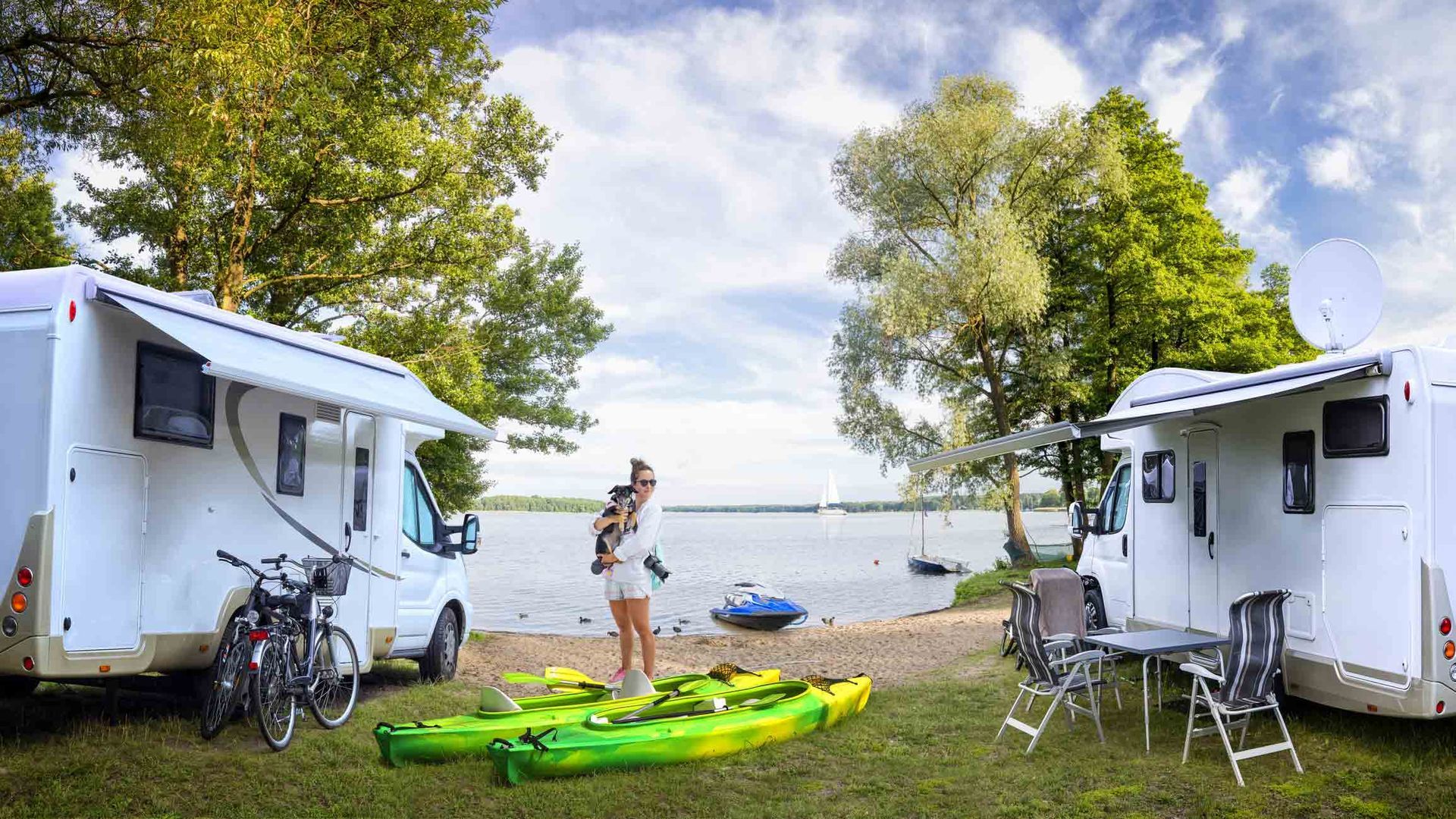The Hi Country Rec-V-Center RV Care & RV Living Blog
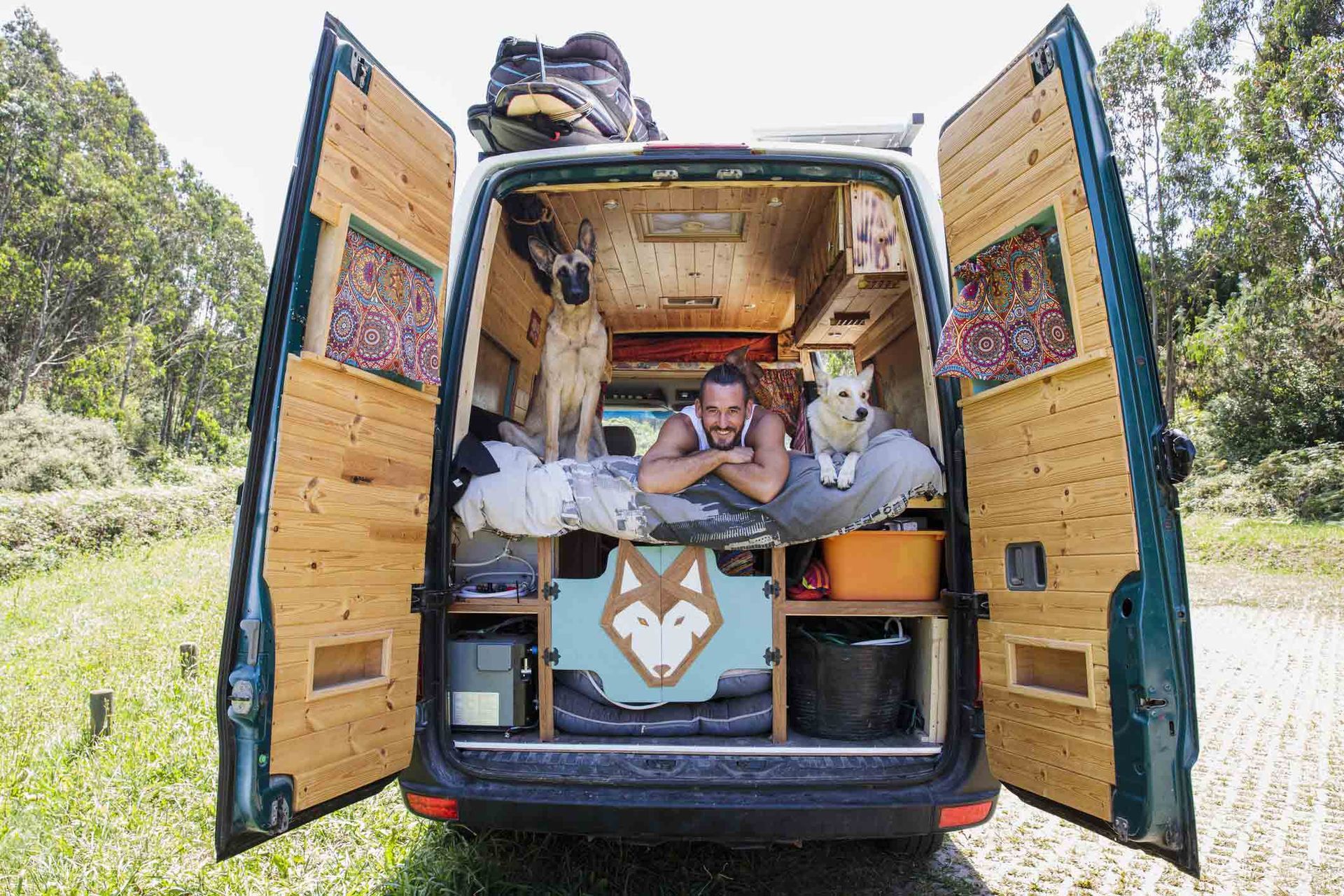
11 Jan, 2024
You've purchased that much-anticipated vacation home on wheels. It's packed with burgers, dogs, and board games to keep the kids entertained if the weather won't cooperate during your outing. A few adult beverages to relax with once everyone is finally tucked in after a long day of adventures. You can't wait to head out and explore the uncharted wilderness and still enjoy a hot shower! Hold on there, Dora the Explorer! While having an RV makes seeing the great outdoors easy and much fun, take the time to educate yourself and prepare. Otherwise, you may come back from that first trip swearing that the next time you enjoy the great outdoors, it will be from the vantage of the National Geographic Channel. Whenever a new RV owner comes into our shop, we ask A LOT of questions. While it may seem annoying, we are usually asked if we could teach a class for new RV'ers by the end of our conversation. Seldom does the salesperson you buy your RV from take the time to educate you on how you correctly use it. They often don't have a clue; they are just that……a salesperson. With that in mind, here are a few things to do to make your life and vacations more enjoyable and headache-free. Get an index card and pen (yes, this means doing it the old-fashioned way, no technology involved). Locate the model and serial number of all appliances on each appliance, including your toilet and awning, and write them down. In our industry, all parts are model (and sometimes serial) number-specific. I can't tell you how many times I've had to talk someone through the process of where to find the model number on an appliance. Listening to them trying to explain it to his ever-increasingly impatient significant other who just wants to take a hot shower is gut-wrenching! The appliance manuals list ALL the models manufactured, so they are useless. They are great for starting a campfire to make smores. Put a bubble level in the freezer of your refrigerator. THE MOST IMPORTANT THING is to ensure your fridge is level when running. An RV fridge does not contain Freon. It uses a mixture of zinc chromium and ammonia to cool. There's a mouthful! If the fridge operates off level one time, it can create a blockage, which, once created, won't ever go away. This blockage will eventually cause the unit to fail, forcing you to buy a new fridge. The average price for a new RV fridge is $1400.00 (cue crying here). You can now see why a $3.00 bubble level is valuable. ALWAYS use RV toilet paper and RV toilet chemicals in the bathroom. Yes, toilet paper from the grocery store is cheaper. Cheaper now, that is, until someone like my husband comes to unclog the holding tank in your RV. That "cheap" paper doesn't break down like RV toilet paper, and when you get the bill for his service, you'll wish you'd bought the correct kind. Oh, an added bonus is the less-than-aromatic smell you'll live with until the unpleasant problem disappears. Just as you plan ahead for meals, routes, and where to stop, plan ahead with the knowledge of how to use and take care of your RV. We are in the business of servicing your RV, but we really try to save our customers from costly repairs. Now, go out and enjoy the great outdoors!
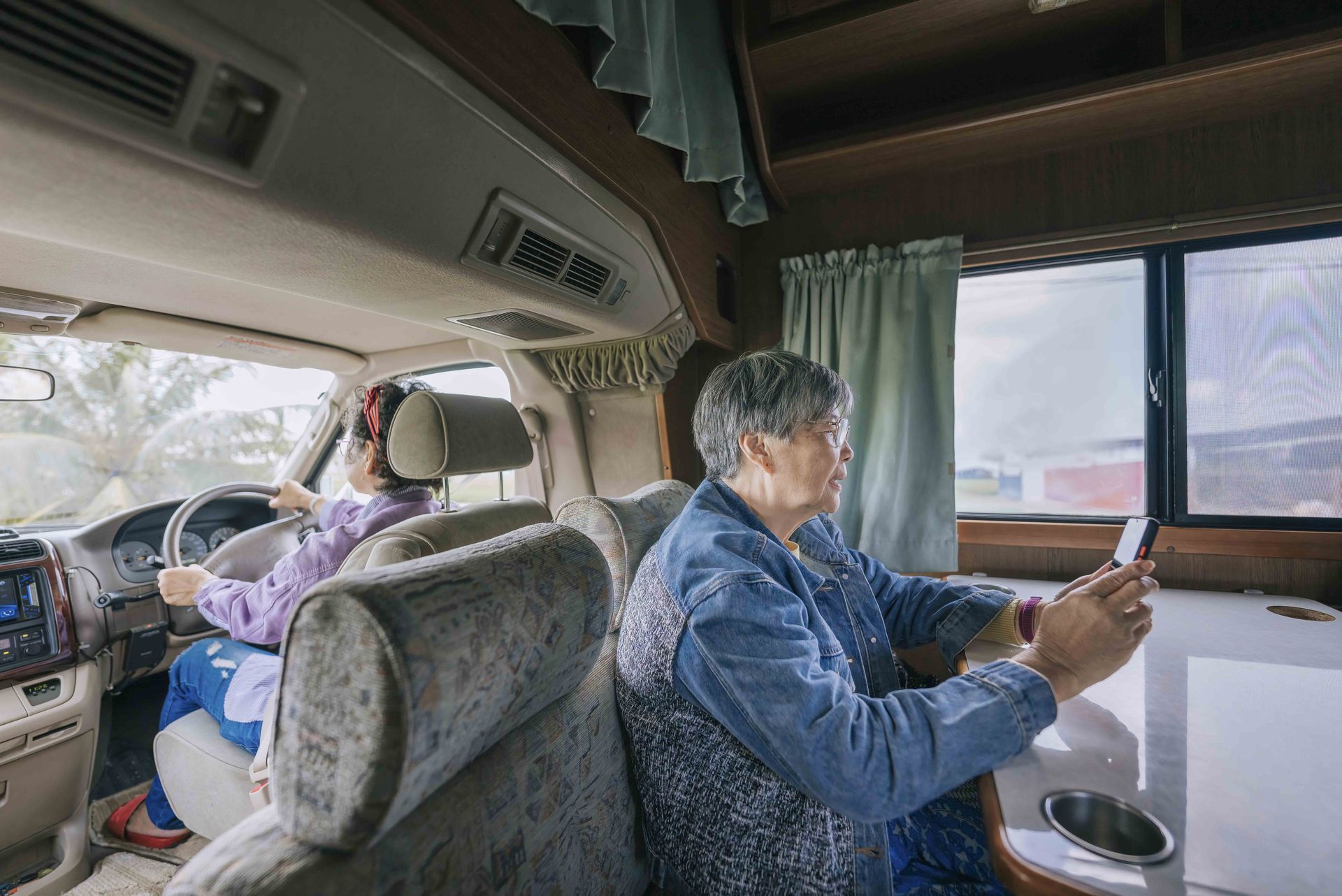
11 Jan, 2024
"Help! My air conditioner isn't working, and it's so hot in my RV!" I can't tell you how often we get that type of frantic, sweat-induced call in the summer from both long-time RVers and those new to owning one. There are a few things you need to keep in mind about RV air conditioning and that you need to do to ensure your home away from home is cool and comfy. While you're at the campground pool all day, shopping, or visiting the sights around the area, the RV is heating up inside. You've left the air conditioner off. It's 100 degrees inside when you return to the RV at 5 o'clock at night! Immediately, you turn that air conditioner on. Why doesn't it feel cooler yet?! You need to realize that the air conditioner has to pull the heat out of the carpet, bedding and couches out of everything inside before you start to feel cool. This takes time, LOTS of time. Here are a few things to avoid being miserable when using your RV A/C…. The first thing you need to ensure is that you plug into at least a 30-amp service. RV air conditioners require 30 constant amps to operate. If you plug into a regular 110-house outlet and run the A/C, you'll have cold air for a few minutes and then warm or no atmosphere. A couple of things happen when you run the A/C plugged into 110. First, you only get 15 amps to the A/C, half of the required. This will cause the compressor to overload and at some point, fail entirely. Most times, that then requires a new A/C unit to remedy the problem. Also, look at the adapter on the end of your RV cord that enables you to plug into 110. You'll find it is severely discolored and often literally melted from the intense heat from the overloaded cord. A potentially dangerous situation. Turn that air conditioner on in the morning; by morning, I mean by 9AM. If you wait until noon to turn on the A/C, you'll never have a fantastic RV! Set the fan on HIGH. Using the low setting causes the A/C to freeze because of the lack of airflow. Set the mode to COOL. Don't use the Auto setting. When an A/C runs in the Auto mode, the compressor cycles intermittently, making the unit work much more than you want. Let it run all day; it'll do a better job, and you'll return to a fantastic RV. Use your thermostat to adjust the temperature inside your RV. If it's too cold, push it up a bit. If it's too warm, move it down a few degrees. These tips help you make your air conditioner work more effectively for you, save a phone call to us, and just help you have a better camping experience. Be safe. Stay cool!
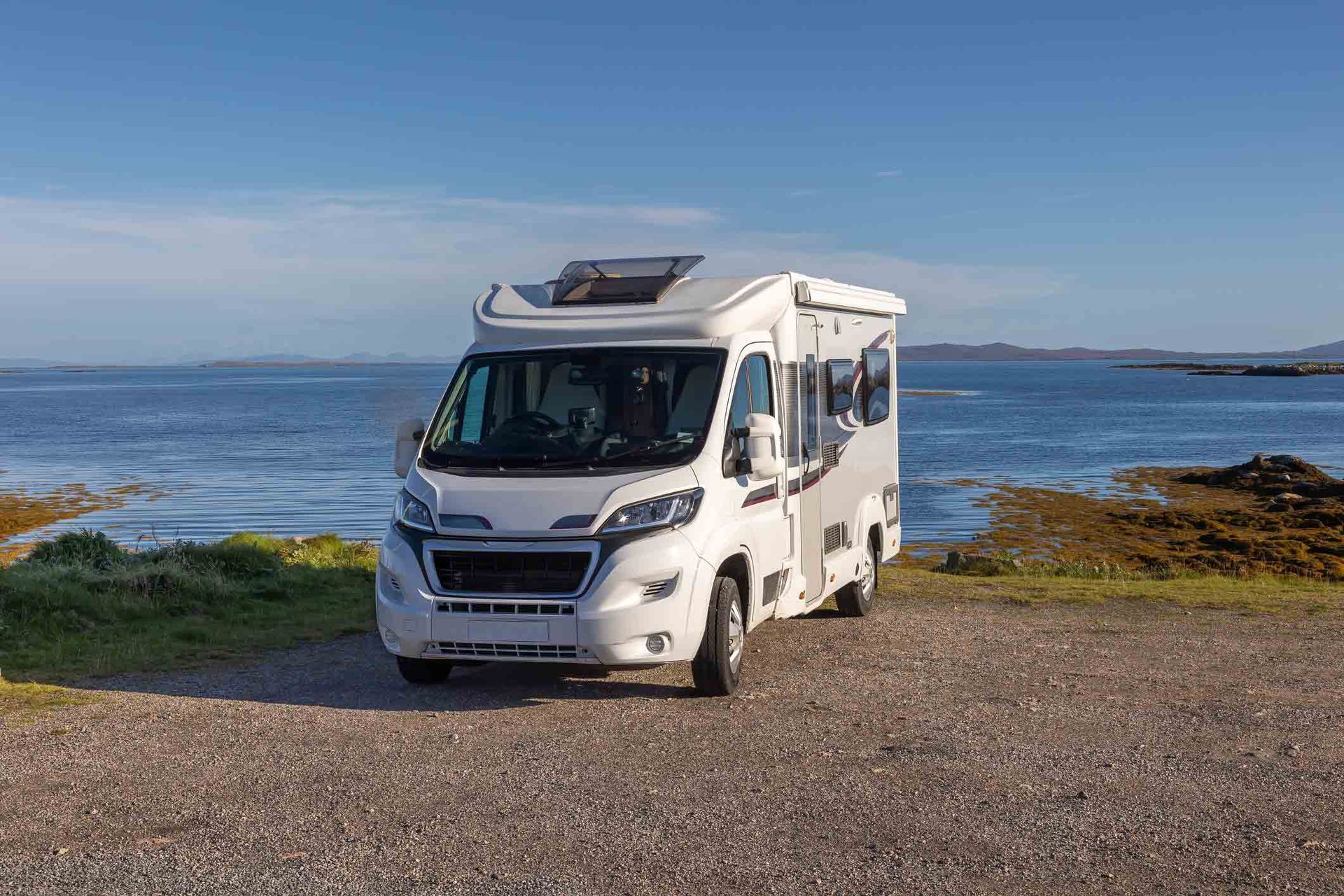
11 Jan, 2024
Winterizing your RV, whether a travel trailer fifth-wheel or motor home, is a bittersweet affair. On one hand, you have to do it so your precious baby will survive the cold weather ahead. On the other hand, it means the end of the camping season. Come to think of it, there's nothing sweet about it. It's all bitter, just like the cold! Regardless, it's one of those jobs that you have to do. Whether you have your trusted RV service center (hint, hint!) perform this task, or you do it yourself, make sure it's done BEFORE freezing temperatures come and do damage to your home on wheels. While you read this from the comfy warmth of your home, let me remind you of a few things about cold weather and your RV. Two of the most common questions about winterizing are "How cold does it need to get before I winterize?" and "When is it time to winterize my RV?" Well…water freezes at 32 degrees. No one wants broken water fittings, broken toilet valves, or cracked water pump heads. Winterize your RV before the temperature drops to 32 degrees to ensure that won't happen. Usually, that's around mid to late October for this area. As soon as you're done for the season with your RV, it's time to winterize it. The sooner you get it done, the better; you never know when we will have our first freeze here in the high country. Why take a chance? That's what Vegas is for! Some will blow out their RV's water lines with compressed air to winterize it. While this is a quicker way to winterize, it only guarantees that some water is removed from your plumbing system. Getting enough pressure from a household air compressor to force out the water in your RV is almost impossible. Many who use this method often replace toilet valves, faucets, and water pumps in the spring. For every RVer that blows out their system without issue, many need repairs by us once winter is over. When winterizing an RV, we pump RV antifreeze (NOT the same as auto antifreeze) through the entire freshwater system. RV antifreeze is pink in color. This process is a little involved for the first time. It requires the installation of bypass valves on the back of your water heater. You don't run the antifreeze into the water heater because it gets drained. Once the valves are installed, they are permanent. The process of winterizing and de-winterizing then takes only about 15-20 minutes. Most RVs take between 2 and 4 gallons of RV antifreeze. The antifreeze gets pumped through the system at your freshwater pump. As it moves through the lines, you open all faucets until pink comes out and flush the toilet until pink appears. If an RV has a washing machine, it also requires winterizing, and you will use a few more gallons of antifreeze. If your fridge has an ice maker, it also needs winterizing. Any water filter systems are either bypassed or removed as well. If you want to winterize your RV yourself but need help with what to do, give us a call or stop by our shop. We gladly talk customers through the steps and ensure you have everything necessary to do the job. If you'd prefer us to do it for you, we provide the service at our shop or wherever your RV is located. Regardless, pay attention to preparing your RV for winter or think that it's not essential. We hate seeing folks panic about repairs when they leave on that first spring/summer getaway due to leaks and breaks in the water system. Old man, winter is coming here; don't let his freezing fingers wreak havoc on your RV!
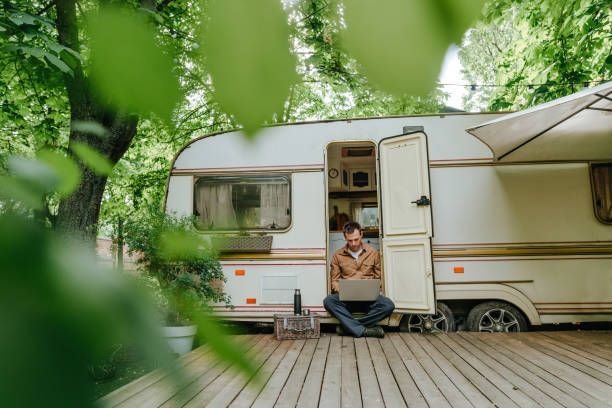
11 Jan, 2024
We routinely have customers come into the shop who have purchased a new or new RV so they can enjoy more of what our incredible state and country have outdoors. While it's mostly an enjoyable new adventure, it can sometimes be frustrating and confusing, especially when someone is RVing in an area without any hookups. They do "dry camp," staying in the RV with no electric or water hookups. Trying to figure out how to make the water and power supply last, their entire outing can prove a difficult lesson. The overload of advice, reading material, and Google searches gives anyone a pounding headache. Most sources discuss solar power, added batteries, and/or generators. While these answers are great for do-it-yourselfers who have the time and money, for many folks, this is either undesirable or not an option, given space, time, ability, or cost limitations. With that in mind, I will provide alternative tips that are inexpensive and simple and don't require significant changes to your RV.
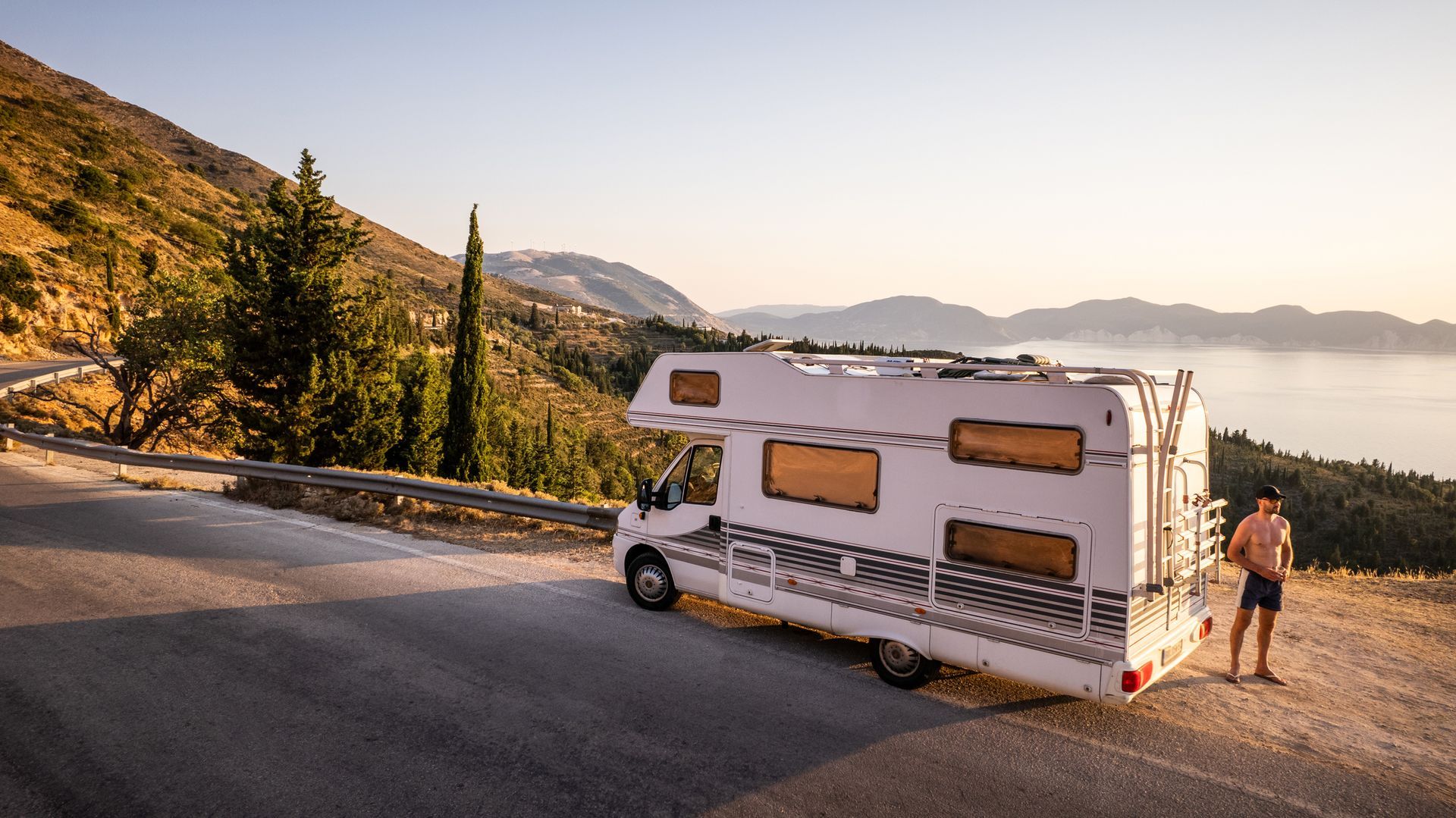
11 Jan, 2024
Winterizing your RV, be it a travel trailer, fifth-wheel, or motor home, is a bittersweet affair. On one hand, you have to do it so your precious baby will survive the cold weather ahead. On the other hand, it means the end of the camping season. Come to think of it, there's nothing sweet about it. It's all bitter, just like the cold! Regardless, it's one of those jobs that you have to do. Whether you have your trusted RV service center (hint, hint!) perform this task, or you do it yourself, make sure it's done BEFORE freezing temperatures come and do damage to your home on wheels. While you read this from the comfy warmth of your home, let me remind you of a few things about cold weather and your RV. Two of the most common questions about winterizing are "How cold does it need to get before I winterize?" and "When is it time to winterize my RV?" Well…water freezes at 32 degrees. No one wants broken water fittings, broken toilet valves, or cracked water pump heads. Winterize your RV before the temperature drops to 32 degrees to ensure that won't happen. Usually, that's around mid to late October for this area. As soon as you're done for the season with your RV, it's time to winterize it. The sooner you get it done, the better; you never know when we will have our first freeze here in the high country. Why take a chance? That's what Vegas is for!
Explore the latest in RV care and seasonal maintenance - ring us at 928-772-8231!
Browse Our Website
contact information
Phone: 928-772-8231
Email: hello@hicountryrvcenter.com
Address: 8670 E Highway 69, Prescott Valley, AZ 86314
Business Hours:
Monday to Friday: 8:00 AM - 5:00 PM
Saturday: 8:00 AM - 12:00 PM
Sunday: Closed





our location
Browse Our Website
contact information
Phone: 928-772-8231
Email: hello@hicountryrvcenter.com
Address: 8670 E Highway 69, Prescott Valley, AZ 86314
Business Hours:
Monday to Friday: 8:00 AM - 5:00 PM
Saturday: 8:00 AM - 12:00 PM
Sunday: Closed





our location
Content, including images, displayed on this website is protected by copyright laws. Downloading, republication, retransmission or reproduction of content on this website is strictly prohibited. Terms of Use
| Privacy Policy

